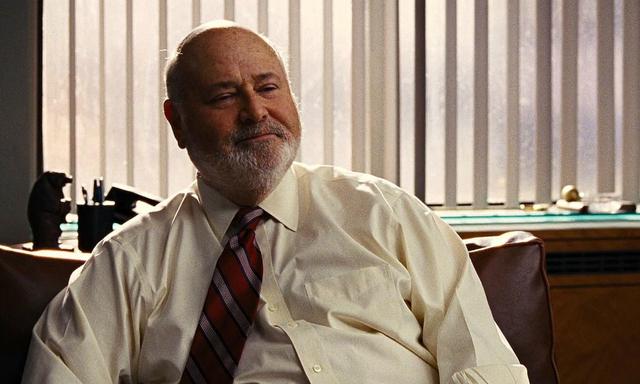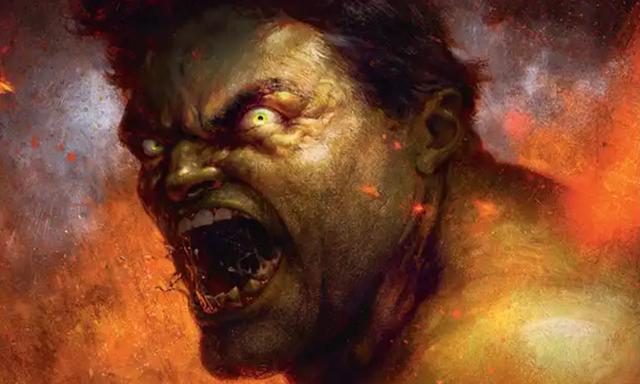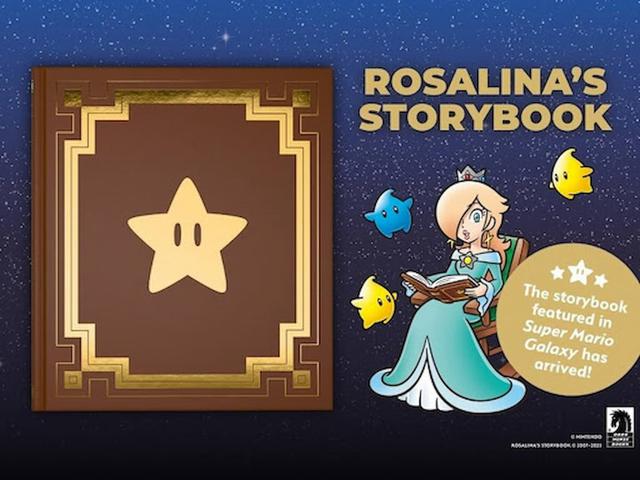If you click on a link and make a purchase we may receive a small commission. Read our editorial policy.
DC's Raven and the Teen titans need to move on from her evil dad
Raven is a fan-favorite staple on the Titans. Here’s why she deserves to leave her evil father’s shadow for good.

Raven has one of the most well-established fathers among the Teen Titans, with the demon Trigon as her evil father. It is this twisted parentage that kickstarts the formation of the New Teen Titans, along with Raven’s prominent role on the team moving forward. And while Trigon is defeated time and time again, it feels like Raven has yet to fully emerge from the shadow of her father, doomed to confront Trigon in a seemingly never-ending cycle that pits the Titans in a demonic conflict linked to Raven’s lineage as a daughter of Hell.
Superhero universes are full of recurring foes and an endless line of rematches between nemeses; it's a well-worn hallmark of the superhero genre. However, it feels more confining for Raven, with the character constantly having to deal with Trigon, no matter how much liberation and self-empowerment she’s attained over the years. This is a distinction that carries over to several multimedia adaptations of Raven, particularly with the live-action Max original series Titans and its usage of the character.
Here is an overview of Raven and Trigon’s extensive shared history in the comic books, the reasons why Raven and the Titans can never seem to kick her evil dad to the curb for good, and how the television series Titans bookended its overarching story with Raven’s demonic family, exemplifying how much Trigon has indelibly imprinted himself into Raven and the Titans’ legacy.
Raven: Daughter of a demon

Raven’s first appearance is actually in a backup story in 1980’s DC Comics Presents #26 by Marv Wolfman and George Perez, which served as a lead-in for the launch of their series New Teen Titans later that year. In this story, Raven gives Robin a prophetic dream about leading a new iteration of the Titans, including herself. This is followed up in New Teen Titans #1, with Raven approaching the Titans for help against her father Trigon after her appeal for aid is summarily rejected by the Justice League on Zatanna’s advice.
Though the Titans triumph over Trigon at the end of the series’ first story arc and seal him away in a pocket dimension prison, his influence on Raven remains, leaving her to constantly battle her literal inner demon. Raven finds herself not only able to experience human emotions for the first time, but develops a strong empathic sense that often proves overwhelming for her in the early years following her introduction. A cult following Trigon successfully corrupted Raven in an effort to free their devilish master, with the Titans eventually cleansing Raven of Trigon’s influence by giving her a new body, seemingly severing her connection with her father for good.
For Raven, all roads lead back to Trigon

Raven’s liberation from her father isn’t as permanent as it initially appears, of course. The Church of Blood, a cult led by Brother Blood to revive Trigon on Earth attempts numerous times to trigger his return. The most successful attempt is led by Trigon’s sons Jesse, Jacob, and Jared during Judd Winick and Joe Benitez’s run on the comic book series Titans in 2008. The series opens with Raven sensing Trigon’s return, followed by the vengeful demon targeting figures associated with the Titans, including the Titans themselves. Though Trigon’s sons manage to temporarily corrupt Raven once more, her friends convince her to return to the light and defeat her half-brothers.
Following the DCU’s reset continuity with the 2011 'New 52' publishing initiative, Trigon returns to prominence, once again menacing his daughter Raven. With this revised backstory, Trigon’s rationale for targeting Raven is that she is the most powerful of his children and wants to use her power to subjugate Earth. To heighten the intrigue, it is unclear for much of the 'New 52' if Raven is truly working with the Titans or a double agent planted by her father to ultimately betray them.
With the restoration of the DCU’s classic continuity through the 2016 DC Rebirth publishing initiative, Raven’s heroic defiance of Trigon is similarly reinstated. With her and her teammates no longer in their teens, Raven takes a larger mentorship role for new generations of young heroes while continuing to defend the DCU. However, Trigon remains a much more active threat since the pre-'New 52' days.
Raven, and the problem with Trigon

It really feels like the genie is out of the bottle for Trigon, with him becoming more of a recurring supervillain than he had after his presumably final defeat at the end of Wolfman and Perez’s New Teen Titans run. From appearances in Tales of the Titans to Knight Terrors: Titans, Trigon looms heavily over Raven and her conscience, perhaps too much. The character fought hard to free herself of Trigon’s legacy and there are plenty of other enemies in the DCU worthy enough to provide her a challenge outside of her familial lineage.
On the one hand, it is an extremely crucial part of Raven’s backstory and informs much of her outlook moving forward. On the other hand, it would be like if Batman was constantly haunted by the legacy of Joe Chill – Chill is responsible for motivating Bruce Wayne into becoming Batman but rarely plays a direct role in the Batman mythos itself. Comparatively, so many Raven-centric stories either involve Trigon himself or his offspring and devoted followers pursuing his agenda.
Villains like Trigon and Brother Blood are admittedly right in Raven’s wheelhouse as far as the Titans’ regular rogues’ gallery goes, certainly more than foes like Deathstroke or Doctor Light. Simply put, the Titans could use a deeper bench of magical supervillains to take on that would complement Raven’s presence on the team. Raven is increasingly growing more into her own as a competent superhero no longer defined by her father, and this heightened confidence should be reflected accordingly in her comic book adventures.
Raven and Trigon in other media

Another factor of Trigon’s constant ubiquity with Raven is the growing number of multimedia projects featuring the characters. Trigon is a recurring villain in the 2003 Teen Titans animated series as the most omnipotent enemy the Titans face. Trigon also appears in the 2013 animated series Teen Titans Go!, and is presented as a lighter father figure, played for laughs in keeping with the show’s overall irreverent tone.
Trigon’s legacy hangs heavily over the live-action series Titans, with the show kicking off with Raven approaching Dick Grayson for help in escaping her father, mirroring the comic book source material. This presents the show with its primary conflict for its inaugural season and is seemingly resolved in the second season premiere. The Church of Blood are the primary threat in the show’s fourth and final season, teasing Trigon’s resurrection before he is betrayed and murdered by his son Brother Blood for his demonic power.
Trigon is both Raven’s arch-nemesis and the most visible figure in her origin story. He is an inseparable element for the character and her place in the Titans but, if Raven has any hope to grow as a character, she needs to leave him behind for good. Raven has a lot of creative potential, especially beyond her demonic background. Not every Superman story involves Krypton and not every Wonder Woman story involves Themyscira. Raven deserves the same shot and that means Trigon needs to be put back on the shelf for a prolonged period of time.
For the origins of Raven and her feud with Trigon, check out Marv Wolfman and George Perez’s New Teen Titans Vol. 1, on sale now.
Follow Popverse for upcoming event coverage and news
Find out how we conduct our review by reading our review policy
Let Popverse be your tour guide through the wilderness of pop culture
Sign in and let us help you find your new favorite thing.
















Comments
Want to join the discussion? Please activate your account first.
Visit Reedpop ID if you need to resend the confirmation email.